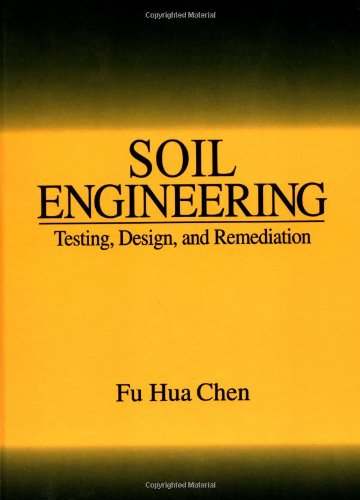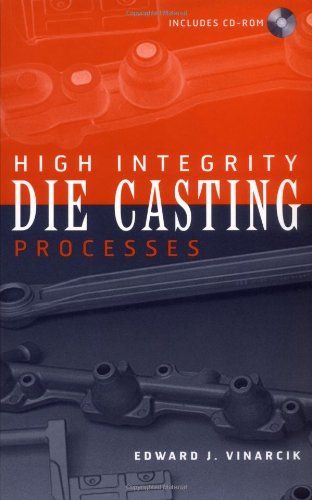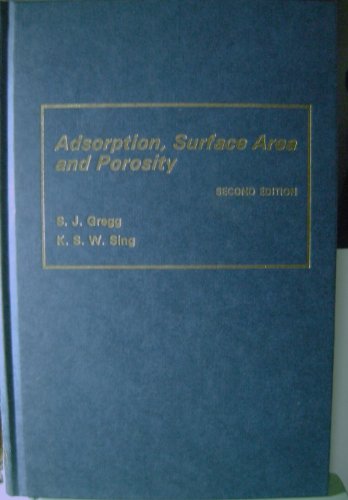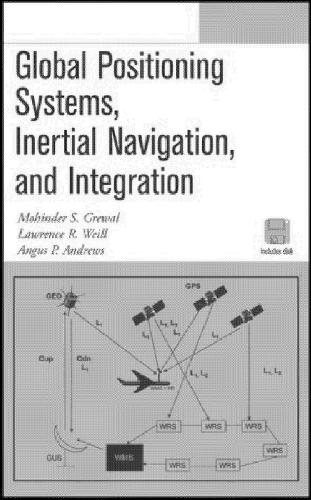Fu Hua Chen9780849322945, 0-8493-2294-4
Table of contents :
Cover Page……Page 1
Title Page……Page 2
Book Info……Page 3
Foreword……Page 4
Introduction……Page 5
Acknowledgments……Page 6
Dedication……Page 7
Table of Contents……Page 8
1: Site Investigation……Page 10
1.1.1 Property……Page 11
1.1.3 Records……Page 12
1.1.5 Existing Structures……Page 13
1.1.6 Additions……Page 14
1.2.1 Topography……Page 15
1.2.2 Geology……Page 16
1.2.4 Geomancy……Page 18
References……Page 19
2.1 Direct Methods……Page 20
2.1.2 Auger Drilling……Page 21
2.2 Indirect Methods……Page 24
2.3 Test Holes……Page 26
2.3.2 Test Hole Depth……Page 27
2.4 Sampling……Page 28
2.4.2 Undisturbed Samples……Page 29
References……Page 32
3.1 Field Tests for Foundation Design……Page 34
3.1.1 Penetration Resistance Test……Page 35
3.1.2 Pressuremeter Test……Page 36
3.1.4 Plate Bearing Test……Page 37
3.2 Field TestS for Hydraulic Structures……Page 38
3.2.1 Open End Test……Page 39
3.2.3 Vane Shear Test……Page 42
References……Page 45
4.1 Field Identification and Classification……Page 46
4.1.1 Unified Soil Classification System……Page 47
4.1.2 Highway Soil Classification System……Page 49
4.2.2 Laboratory Classification……Page 50
4.2.3 Bedrock……Page 52
4.2.5 Presentation……Page 55
References……Page 59
5: Laboratory Soil Tests……Page 60
5.1.2 Minimum Testing Capability……Page 61
5.2 Interpretation of Test Results……Page 63
5.2.1 Swell Test……Page 64
5.2.2 Consolidation Test……Page 66
5.2.3 Direct Shear Test……Page 67
5.2.4 Triaxial Shear Test……Page 68
References……Page 70
6: Foundation Design……Page 74
6.1.1 Unconfined Compression Tests……Page 75
6.1.2 Consolidation Tests……Page 76
6.2 Design Load……Page 79
6.2.2 Balanced Design……Page 80
6.3.1 Permissible Settlement……Page 81
6.3.2 Differential Settlement……Page 82
6.4 Heave Prediction……Page 83
6.4.3 Excavation……Page 84
6.4.5 Extraneous Influence……Page 85
References……Page 86
7.1 Allowable Bearing Capacity……Page 88
7.2.1 Loaded Depth……Page 91
7.2.2 Consolidation Characteristics……Page 92
7.3 Footings on Soft or Expansive Clays……Page 93
7.3.3 Continuous Footings……Page 94
References……Page 95
8.1 Allowable Bearing Capacity……Page 96
8.1.1 Shear Failure……Page 97
8.1.2 Relative Density……Page 98
8.1.5 Meyerhof’s Analysis……Page 99
8.2 Settlement of Footings……Page 101
8.2.2 Footing Depth and Settlement……Page 103
8.2.3 Penetration Resistance and Settlement……Page 104
8.2.4 Water Table and Settlement……Page 106
8.3 Rational Design of Footing Foundation on Sand……Page 107
8.3.1 Typical Design Example……Page 108
References……Page 111
9.1 Foundations on Fill……Page 112
9.1.2 Removal and Replacement of Existing Fill……Page 113
9.1.3 Recompaction of Natural Soft Soils……Page 115
9.2.1 Compaction Tests……Page 116
9.2.2 Compaction Equipment……Page 118
9.2.3 Compaction Control……Page 119
9.2.4 Degree of Compaction……Page 120
9.2.5 Fill Used as Form Work……Page 121
References……Page 122
10: Pier Foundations……Page 124
10.1.1 Conventional Approach……Page 125
10.1.2 Pressuremeter Approach……Page 127
10.2 Skin Friction Capacity……Page 128
10.2.1 Conventional Approach……Page 129
10.2.2 Pier Load Test……Page 131
10.3 Rational Pier Design……Page 134
10.3.2 Belled Piers……Page 135
10.4 Drilled Pier in Expansive Soils……Page 137
10.4.2 Depth of Wetting……Page 138
10.4.3 Design Criteria……Page 139
10.5 Pier Construction……Page 140
10.5.4 Casing Removal……Page 141
10.6.1 Regulations……Page 142
10.6.3 Pier Shaft……Page 144
References……Page 145
11.1 Design Criteria……Page 146
11.1.2 Stiffness Factor……Page 147
11.1.4 Movement Mechanics……Page 148
11.2 Limiting Conditions……Page 149
11.3 Ultimate Lateral Resistance of Cohesive Soils……Page 151
11.4 Ultimate Lateral Resistance of Cohesionless Soils……Page 153
11.5 Working Load of Drilled Piers On Cohesive Soils……Page 162
11.6 Working Load of Drilled Piers On Cohesionless Soils……Page 166
11.7 Pressuremeter Test……Page 170
11.8 Applications……Page 171
References……Page 173
12: Driven Pile Foundations……Page 174
12.1.2 Plasticity Method……Page 176
12.1.3 Example……Page 178
12.2 Allowable Load on Piles in Cohesive Soil……Page 179
12.2.2 Effective Stress Method……Page 180
12.3.1 Engineering News Record Formula……Page 183
12.3.3 Evaluation of Pile Formula……Page 184
12.4.2 Settlement of Pile Groups……Page 186
12.5 Negative Skin Friction……Page 187
12.5.1 Example……Page 189
12.6 Pile Load Tests……Page 190
12.6.2 Constant Rate of Penetration Method (CRP)……Page 191
References……Page 193
13: Drainage……Page 194
13.1.1 Permeability……Page 195
13.1.2 Slope and Drain……Page 196
13.1.3 Well Point and Pump Test……Page 197
13.2.1 Water Level……Page 198
13.2.3 Moisture Barrier……Page 199
13.3.1 Installations of Subdrain……Page 201
13.3.2 Drain Outlet……Page 202
13.3.3 Rational Design……Page 203
13.4 Case Example……Page 206
13.4.1 Perched Water……Page 207
References……Page 209
14: Slope Stability……Page 212
14.1.2 Taylor’s Stability Number Method……Page 213
14.1.3 Method of Slices……Page 214
14.1.4 Limitation of Stability Analysis……Page 216
14.2 Stability of Loess……Page 217
14.2.2 Loess Deposit in China……Page 218
14.3 Stability of Shale……Page 219
14.3.1 Near Surface Shale……Page 220
14.4.1 Creep Failure……Page 221
14.4.2 Landslide……Page 222
14.5.1 Slopes in Sand……Page 224
14.5.2 Slopes in Clay……Page 225
14.6 Factor of Safety……Page 226
14.7.1 Howelson Hill……Page 228
14.7.2 Church Rock Uranium Mill Tailings Dam……Page 229
14.7.3 Columbia River……Page 232
References……Page 234
15: Distress Investigations……Page 236
15.1.1 Foundation Information……Page 237
15.1.2 Movement Data……Page 238
15.2.1 Test Holes and Test Pits……Page 239
15.3.1 Foundation Design……Page 241
15.3.3 Maintenance……Page 242
15.4.1 Deflection……Page 243
15.4.2 Thermal Movement……Page 244
15.4.3 Prestressing……Page 245
15.5.1 Drilled Pier Foundations……Page 246
15.5.3 Building Demolished……Page 248
15.5.4 Debris Flow……Page 249
References……Page 251
16: Construction……Page 252
16.1.1 Subcontractor……Page 253
16.2 Contract and Specification……Page 254
16.2.1 Differing Site Conditions……Page 255
16.3 Foundation Construction……Page 256
16.3.1 Drilled Pier Foundation……Page 257
16.3.2 Driven Pile Foundation……Page 258
16.4.1 Field Testing……Page 259
16.5 The Technician……Page 260
References……Page 261
17: Legal Aspects……Page 262
17.1.2 ASFE……Page 263
17.1.3 Potential Plaintiffs……Page 264
17.2.1 Frivolous Suits……Page 265
17.2.2 Contingency Fee……Page 266
17.2.4 Joint and Several Liability……Page 267
17.3 Change of Conditions……Page 268
17.3.1 Drill Logs……Page 269
17.3.3 Specifications……Page 270
17.4.1 Standard of Care……Page 271
17.4.2 Ethics and Egos……Page 273
17.5 The Outlook……Page 274
References……Page 275
18.1 Type of Report……Page 276
18.1.2 Investigation Proposal……Page 277
18.2 Geotechnical Report……Page 278
18.2.4 Boring Conditions……Page 279
18.2.6 Discussion of Foundation Types……Page 280
18.2.8 Site Development……Page 282
18.2.10 Inspection and testing……Page 283
18.3.1 Engineering Jargon……Page 284
Reference……Page 285
To be a Geotechnical Engineer……Page 286
Index……Page 288







Reviews
There are no reviews yet.